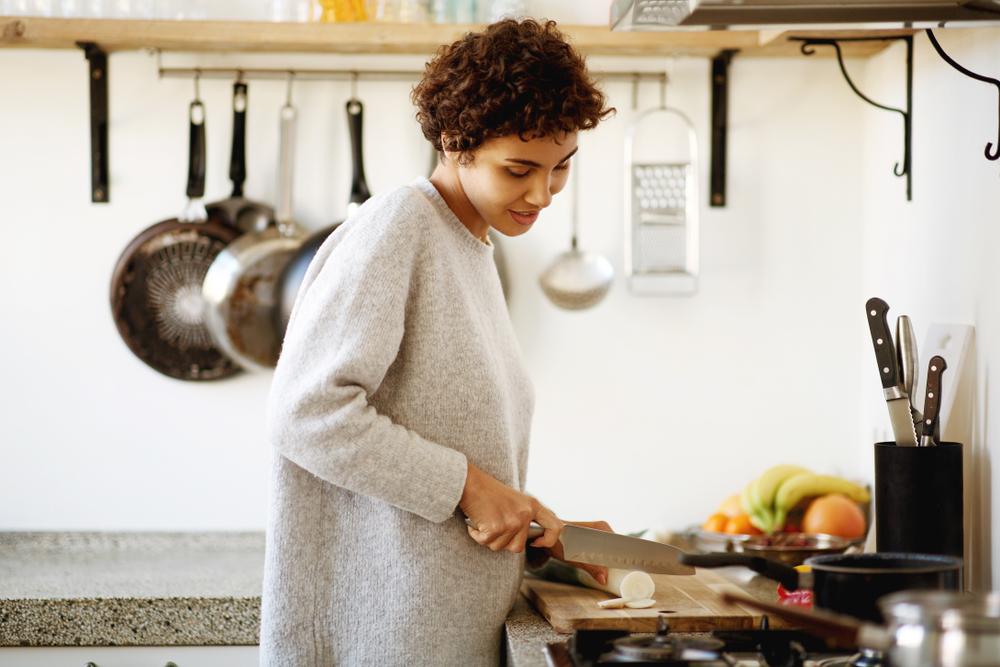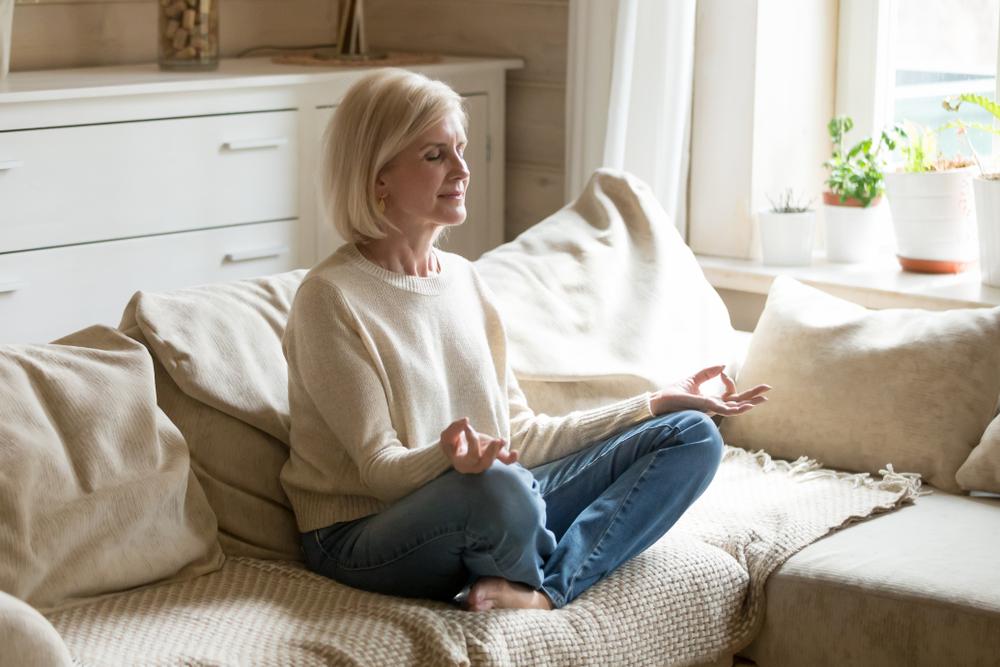Anyone who has tried to improve themselves will encounter the “routine problem.” If you have, you may have asked yourself, “How do I start building a routine, one that actually works for me?
Keys to Building a Routine
Routines can help you push through resistance and complete your most important tasks

Daily routines are a way to invest in yourself and the life you want to create. Monkey Business Images/Shutterstock
|Updated:





